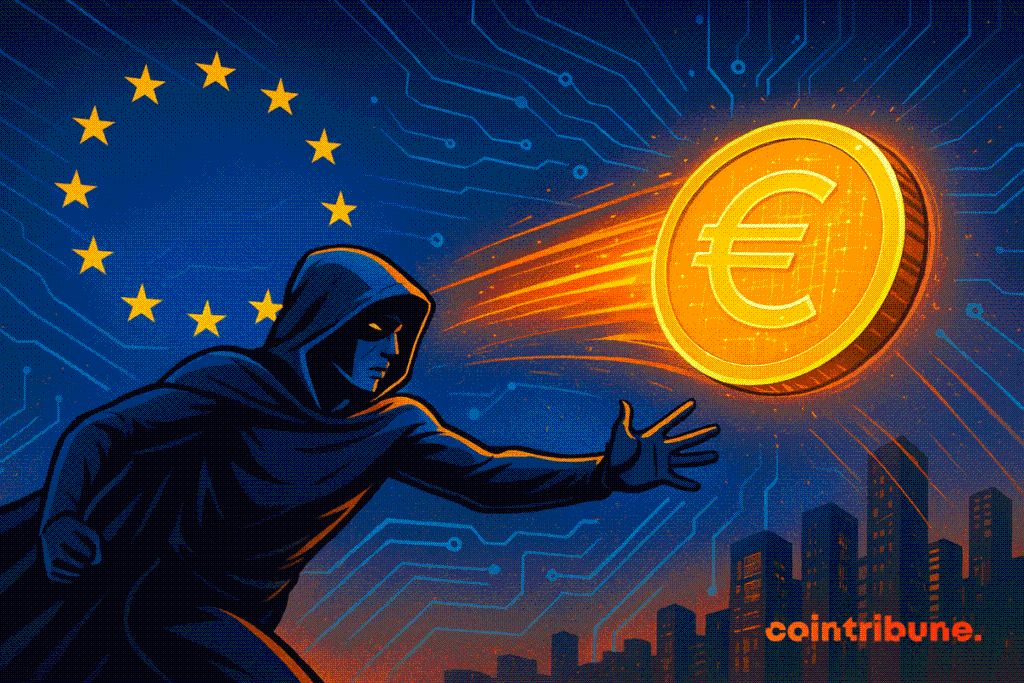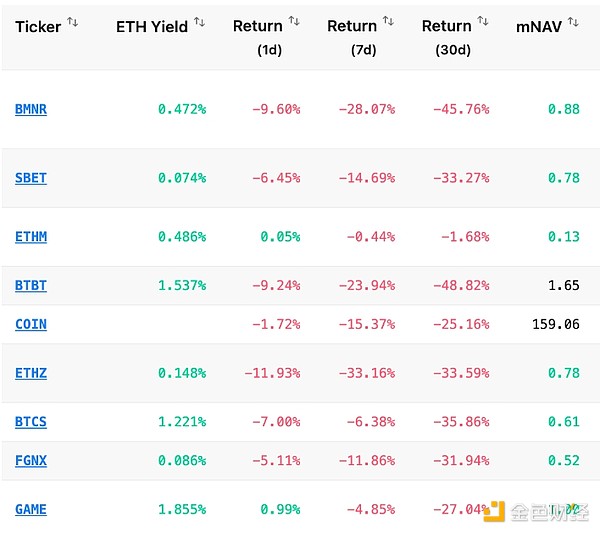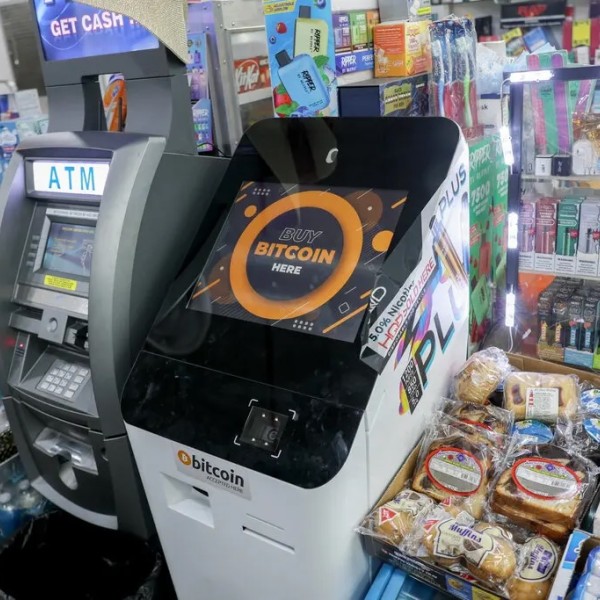ECB Advances Preparations for Digital Euro with New Tech Partnerships
The European Central Bank (ECB) is moving forward with preparations for a possible digital euro, marking another step in its ongoing multi-year project. In a recent notice, the ECB announced agreements with several technology firms to develop key components of a potential digital currency. Although no final decision has been made, the groundwork underscores Europe’s push to modernize payments.

In brief
- ECB signs framework agreements with seven firms to develop key digital euro components and test new payment technologies.
- Giesecke+Devrient to develop offline payment features, ensuring the CBDC works without internet connectivity.
- Preparations hinge on EU regulation adoption before the ECB Governing Council decides on the next development phase.
- Push for a digital euro comes as Europe raises concerns about stablecoins and their risks to financial stability.
ECB Signs Framework Deals with Seven Tech Firms
The ECB confirmed this week that it has signed framework agreements with seven technology providers, with one more expected to be announced soon. This follows board member Piero Cipollone’s September statement that 2029 is the most realistic launch target for the digital euro .
In its Thursday statement, the ECB stated that the agreements cover services such as fraud detection , secure exchange of payment information, and software development. Although payments are not involved at this stage, this move lays the groundwork for collaboration and planning.
Selected firms include Feedzai, known for its fraud detection systems, as well as security technology company Giesecke+Devrient (G+D).
Dr. Ralf Wintergerst, CEO of Giesecke+Devrient, noted that the company will collaborate with the ECB and other firms to refine planning and set timelines for the digital euro. Work will focus on the design, integration, and development of the Digital Euro Service Platform, under the oversight of the ECB Governing Council and in line with EU legislation.
Key Components Under Development
As part of the agreement, selected providers will develop and test components to support potential digital euro operations. Among these is an “alias lookup” service that would allow users to transfer funds without knowing the counterparty’s payment provider.
In addition, Giesecke+Devrient is developing technology that would enable offline payments, ensuring usability even without internet connectivity. These innovations are intended to make the CBDC practical for day-to-day transactions across the euro area.
Launch Hinges on Regulation and Council Decision
The ECB has been studying the digital euro since 2021 and entered the preparation phase in late 2023. While Cipollone has pointed to 2029 as the most likely timeline, the ECB emphasized that no final decision has been made.
Meanwhile, the central bank noted that the actual development of components will be determined later, depending on the Governing Council’s decision on the next phase of the project. It also stated that the framework agreements include safeguards that allow for adjustments in the event of legislative changes.
The actual development of the components – or parts thereof – will be decided at a later stage, subject to the ECB Governing Council’s decision on the potential next phase of the project.
European Central Bank
A key requirement remains the adoption of the Digital Euro Regulation, which will set the legal basis for issuance and operation. Only after this regulation is in place will policymakers decide whether to proceed with the launch.
ECB Pushes Digital Euro Amid Rising Concerns Over Stablecoins
Efforts in advancing the digital euro come as European officials raise concerns about stablecoins and their potential impact on financial stability. At the same time, the European Systemic Risk Board has recommended restricting the joint issuance of stablecoins, although the guidance is not legally binding.
ECB President Christine Lagarde echoed these warnings in September , urging lawmakers to act under the Markets in Crypto-Assets (MiCA) framework. This stance contrasts with that of the United States, where a stablecoin bill signed into law in July established a clear regulatory structure.
Disclaimer: The content of this article solely reflects the author's opinion and does not represent the platform in any capacity. This article is not intended to serve as a reference for making investment decisions.
You may also like
With the market continuing to decline, how are the whales, DAT, and ETFs doing?

The New York Times: $28 Billion in "Black Money" in the Cryptocurrency Industry
As Trump actively promotes cryptocurrencies and the crypto industry gradually enters the mainstream, funds from scammers and various criminal groups are continuously flowing into major cryptocurrency exchanges.

What has happened to El Salvador after canceling bitcoin as legal tender?
A deep dive into how El Salvador is moving towards sovereignty and strength.

Crypto ATMs become new tools for scams: 28,000 locations across the US, $240 million stolen in six months
In front of cryptocurrency ATMs, elderly people have become precise targets for scammers.

